RF Modules
Given the wide range of product categories and the continuous introduction of new products, the models in this list may not fully cover all options. We sincerely invite you to consult at any time for more detailed information.
| RF Modules |
|||
| Manufacturer | Package | Operating Temperature | |
| Antenna Type | Sensitivity | Output Power (Max) | |
| Modulation System | Operating Voltage | Frequency | |
| Support Interface | Receive Current | Send Current | |
RF Modules, also known as Radio Frequency Modules, are electronic devices that allow for wireless communication between electronic devices using radio waves. These modules typically consist of a transmitter, a receiver, or both, and are designed to operate within specific frequency bands. RF Modules are widely used in various applications where wired connections are not feasible or desired, such as remote control systems, wireless sensor networks, IoT (Internet of Things) devices, and many more.
Here are some key points about RF Modules:
Frequency Bands: RF Modules operate within specific frequency bands, such as the 2.4 GHz, 433 MHz, 868 MHz, and 915 MHz bands, among others. The choice of frequency band depends on the intended application, regulatory requirements, and potential interference from other devices.
Transmission Distance: The transmission distance of an RF Module depends on several factors, including the frequency used, the output power, the sensitivity of the receiver, and the environmental conditions (e.g., obstacles, interference). Modules designed for short-range communication (e.g., for indoor use) may have a transmission distance of a few meters, while long-range modules can reach several kilometers.
Modulation Techniques: RF Modules use various modulation techniques to encode and decode data signals. Common modulation techniques include Frequency Shift Keying (FSK), Amplitude Shift Keying (ASK), and Phase Shift Keying (PSK). These techniques help to ensure reliable communication over wireless channels.
Data Rates: The data rate of an RF Module refers to the amount of data that can be transmitted per second. The data rate varies depending on the modulation technique and the frequency band used. Some modules are designed for low data rates suitable for simple commands and sensor readings, while others can achieve much higher data rates for multimedia transmission.
Power Consumption: RF Modules can vary widely in terms of power consumption, depending on their design and intended use. Low-power RF Modules are often used in battery-powered devices to extend battery life.
Antenna Design: The antenna is a crucial component of an RF Module, as it affects the range, directionality, and efficiency of the transmission. Antennas can be designed to be internal or external, and can have different shapes and sizes depending on the application.
Interoperability: RF Modules designed to operate within the same frequency band and using compatible modulation techniques can often interoperate with each other, allowing for seamless communication between devices from different manufacturers.
Applications: RF Modules are used in a wide range of applications, including remote control systems, wireless sensor networks, IoT devices, wireless security systems, keyless entry systems, RFID (Radio Frequency Identification) systems, and many more.

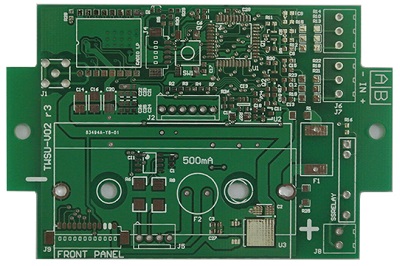 PCB
PCB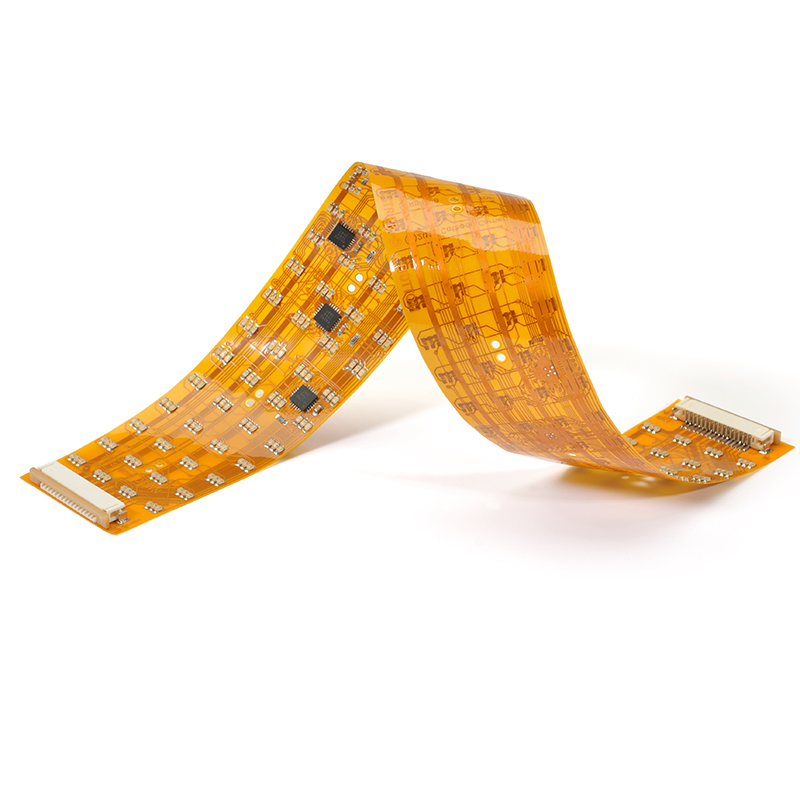 FPC
FPC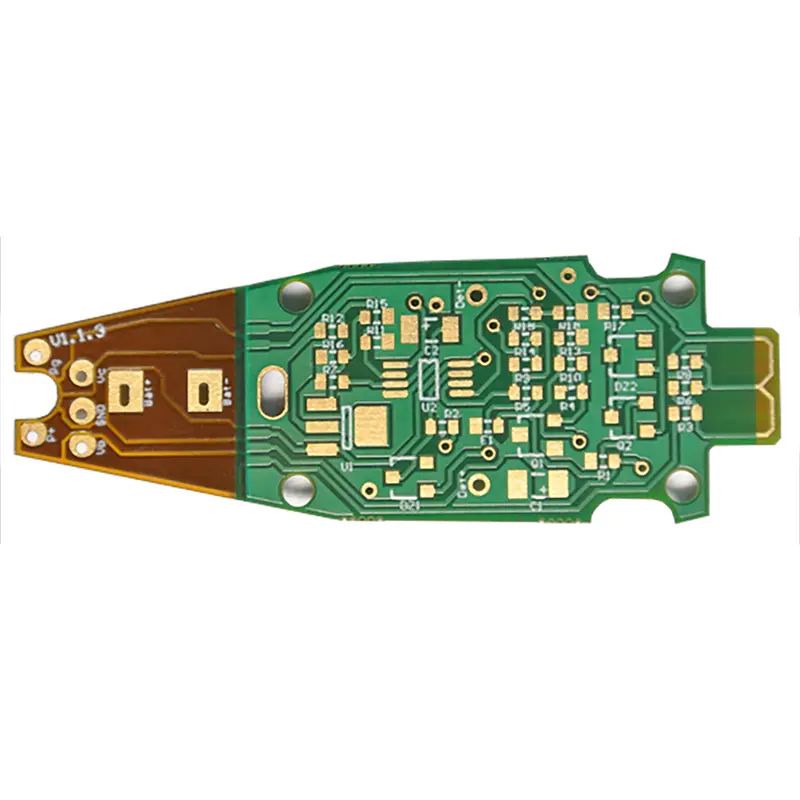 Rigid-Flex
Rigid-Flex FR-4
FR-4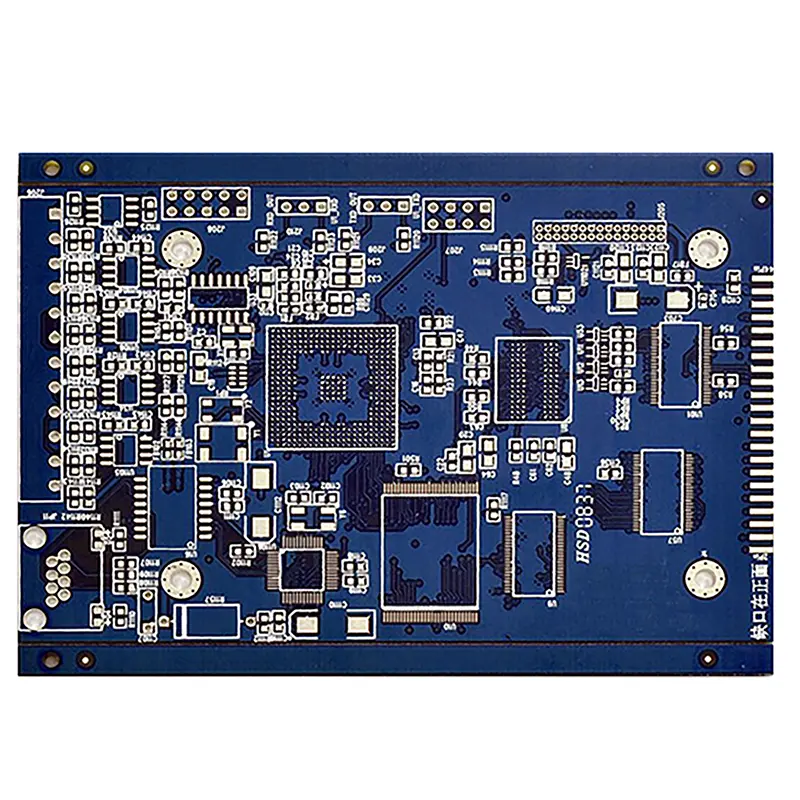 HDI PCB
HDI PCB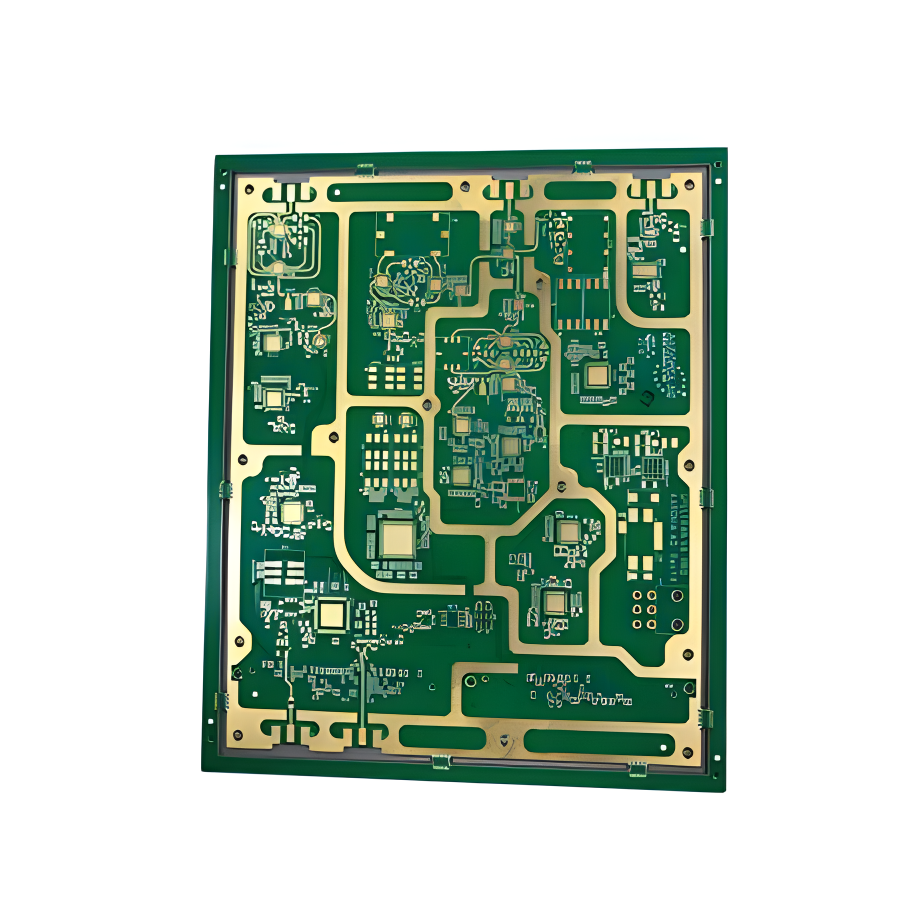 Rogers High-Frequency Board
Rogers High-Frequency Board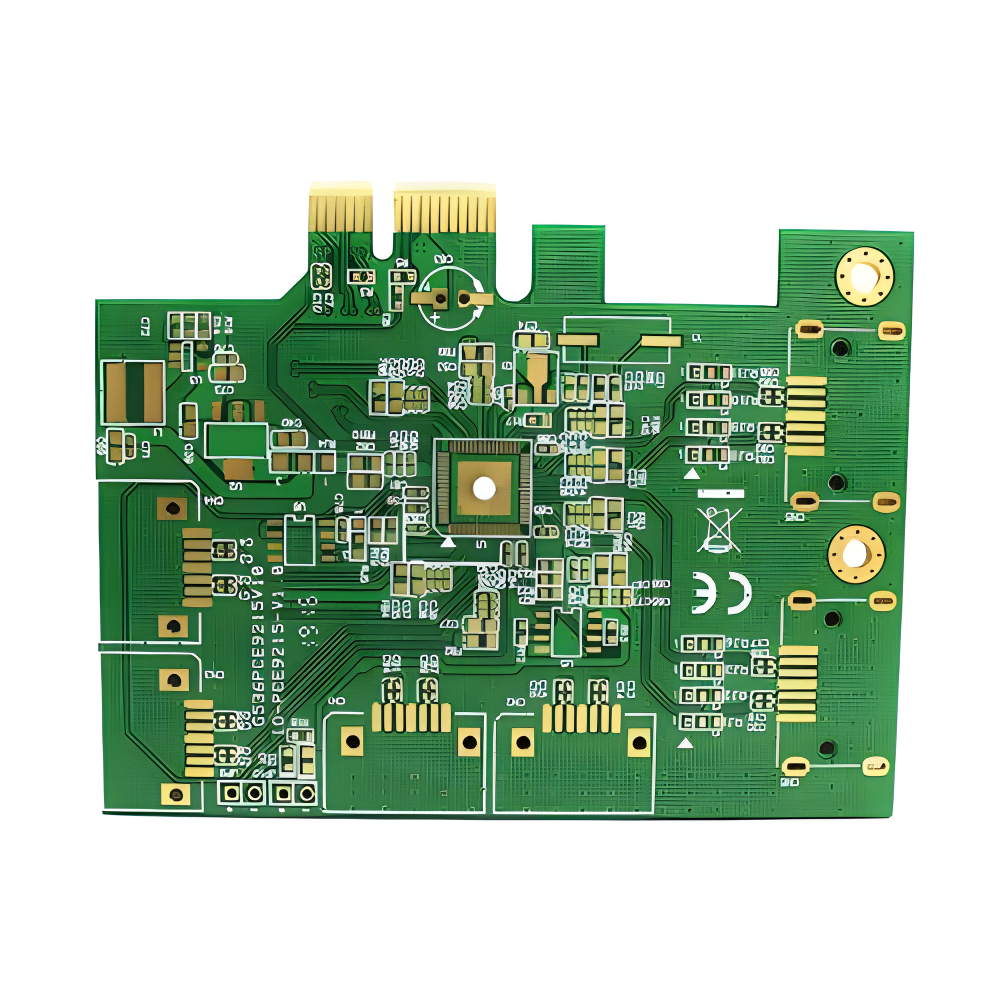 PTFE Teflon High-Frequency Board
PTFE Teflon High-Frequency Board Aluminum
Aluminum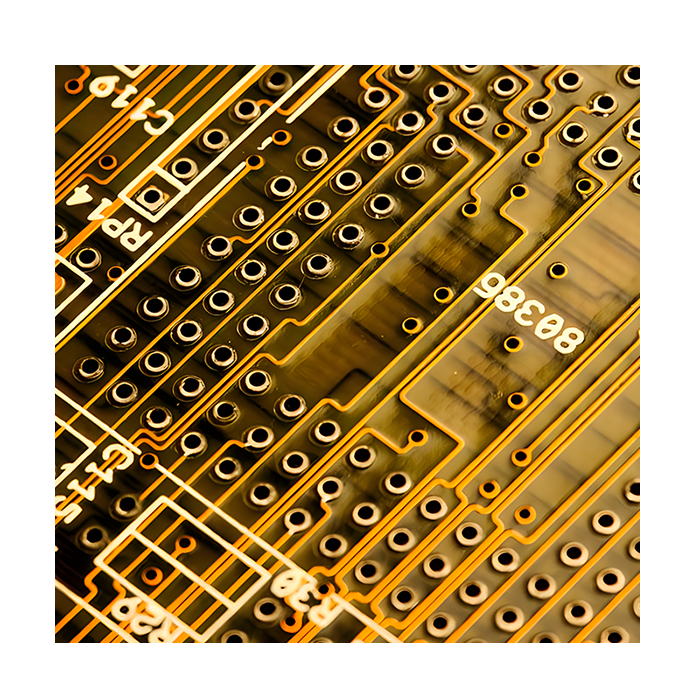 Copper Core
Copper Core PCB Assembly
PCB Assembly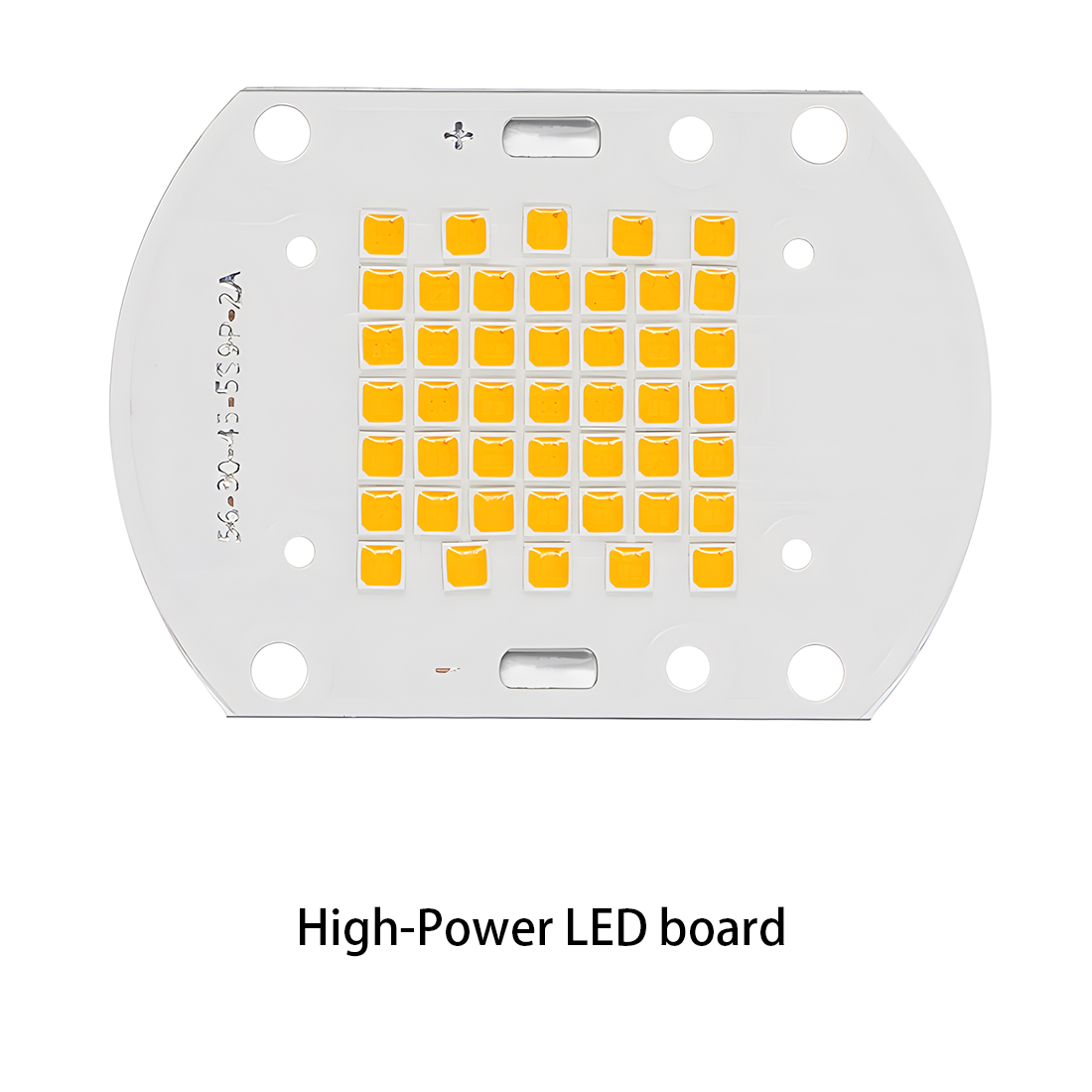 LED light PCBA
LED light PCBA Memory PCBA
Memory PCBA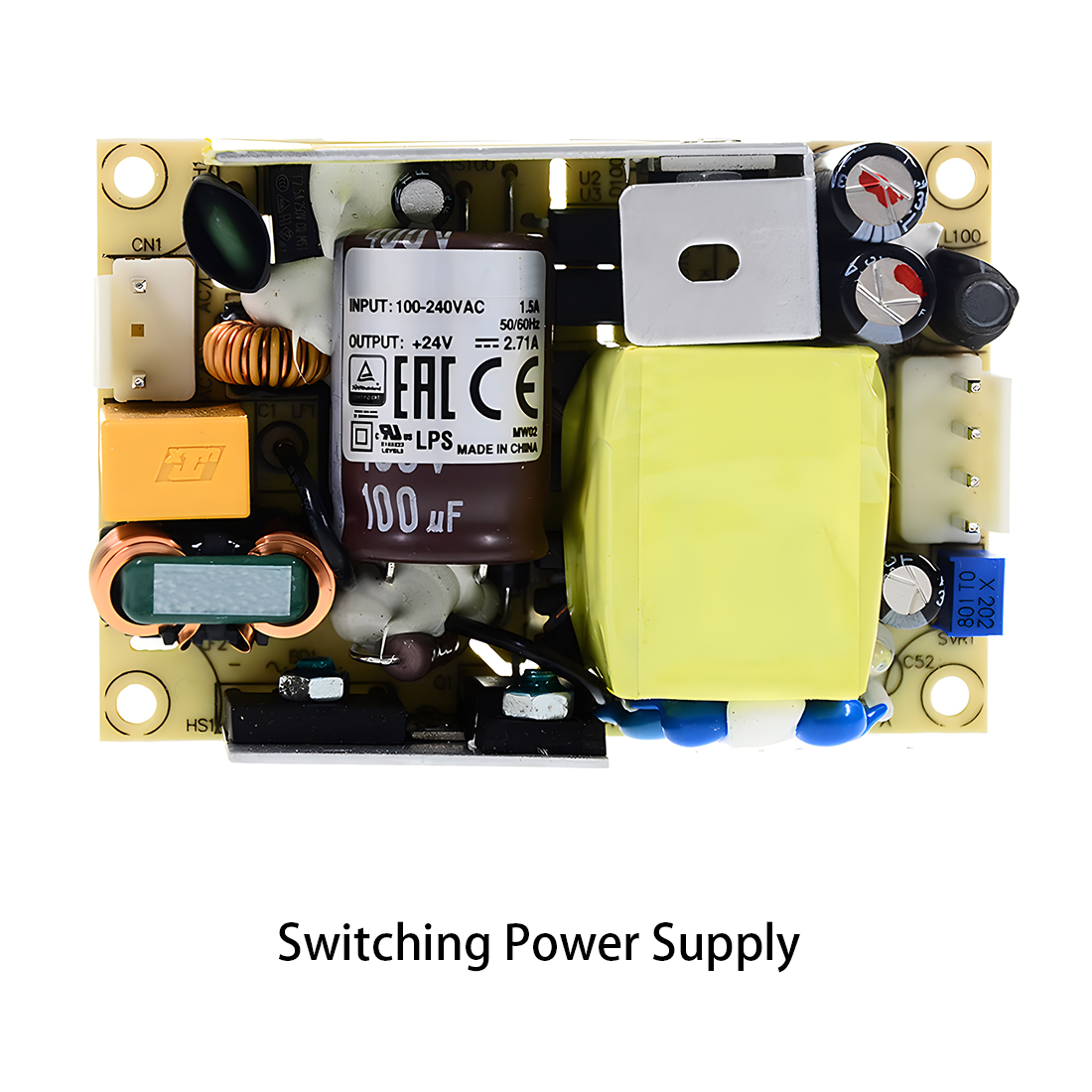 Power Supply PCBA
Power Supply PCBA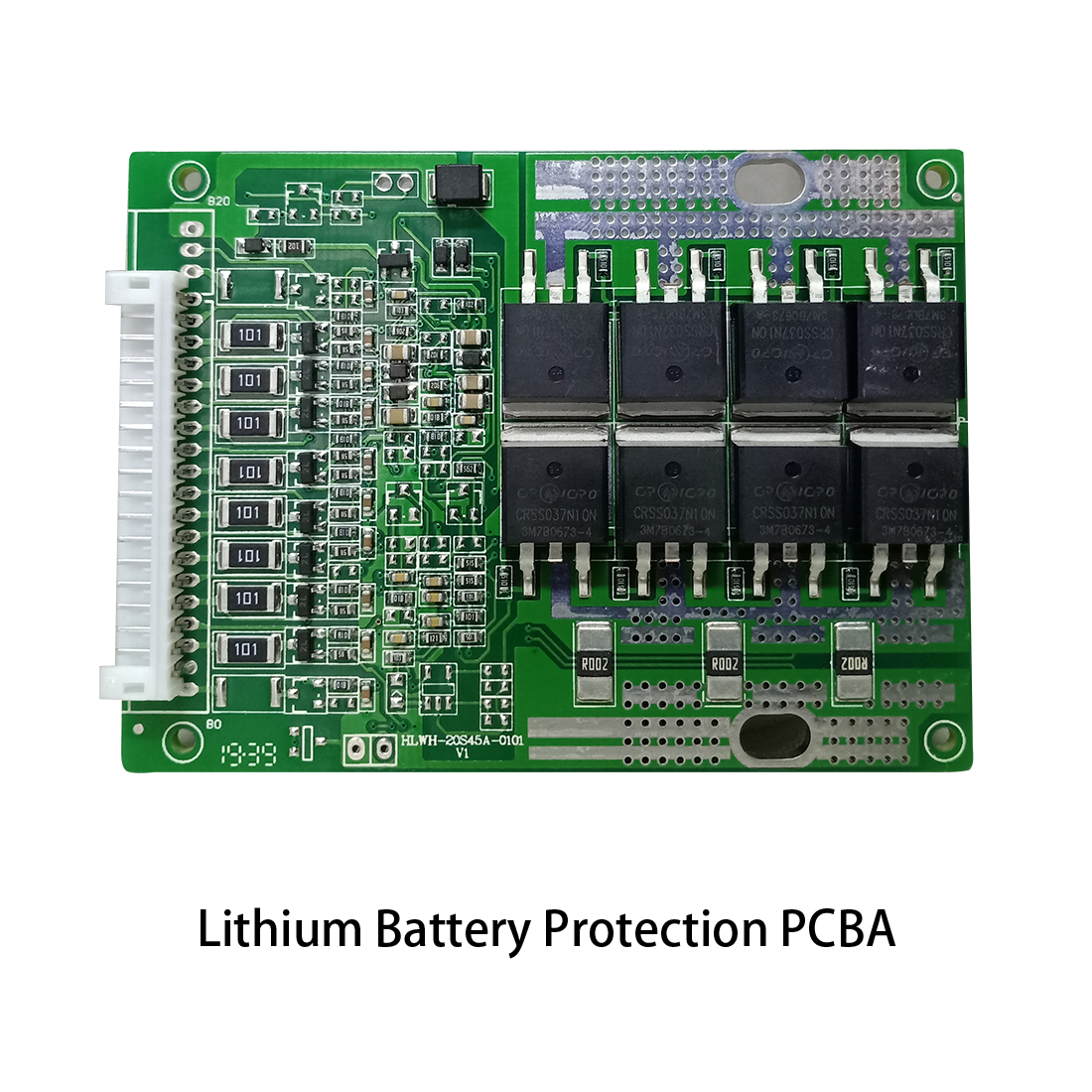 New Energey PCBA
New Energey PCBA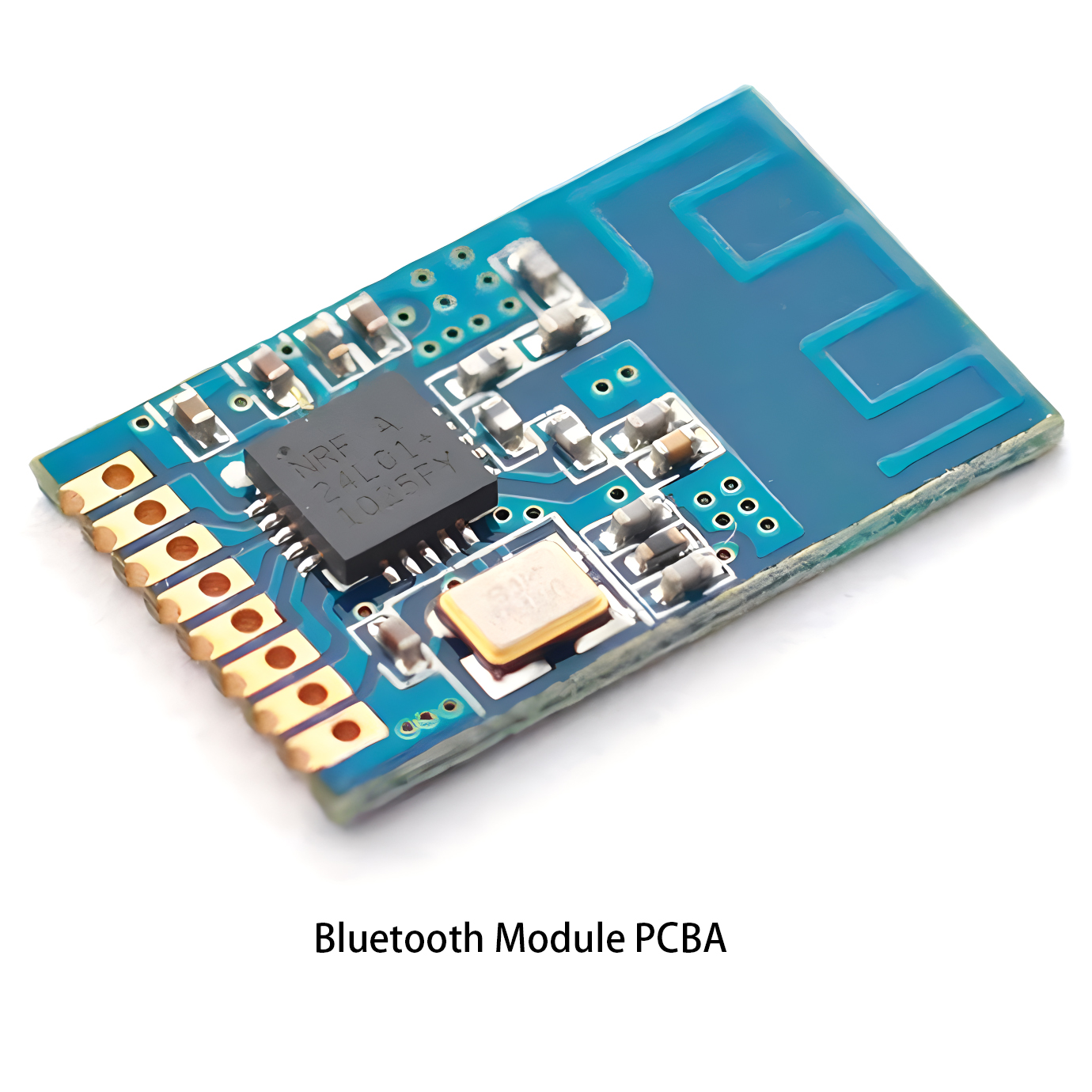 Communication PCBA
Communication PCBA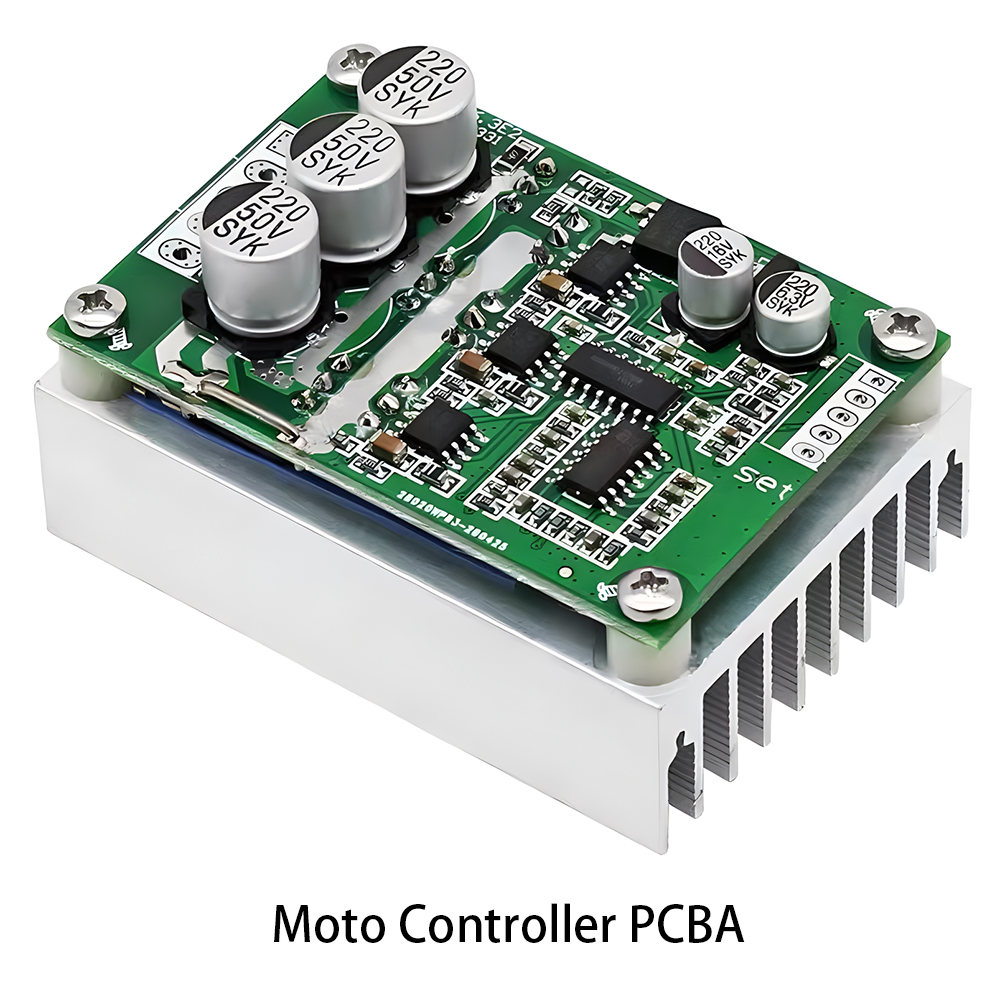 Industrial Control PCBA
Industrial Control PCBA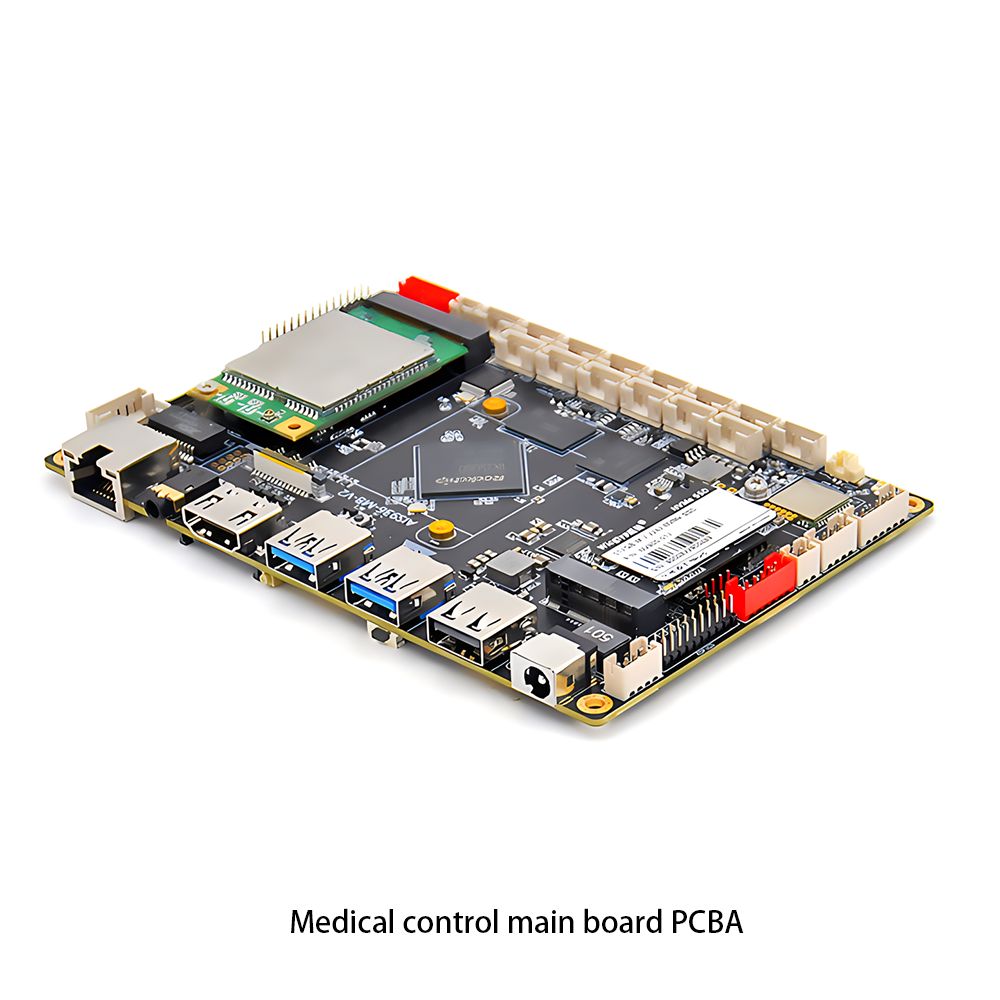 Medical Equipment PCBA
Medical Equipment PCBA Product Rebuild
Product Rebuild PCB Copy
PCB Copy IC Cracking
IC Cracking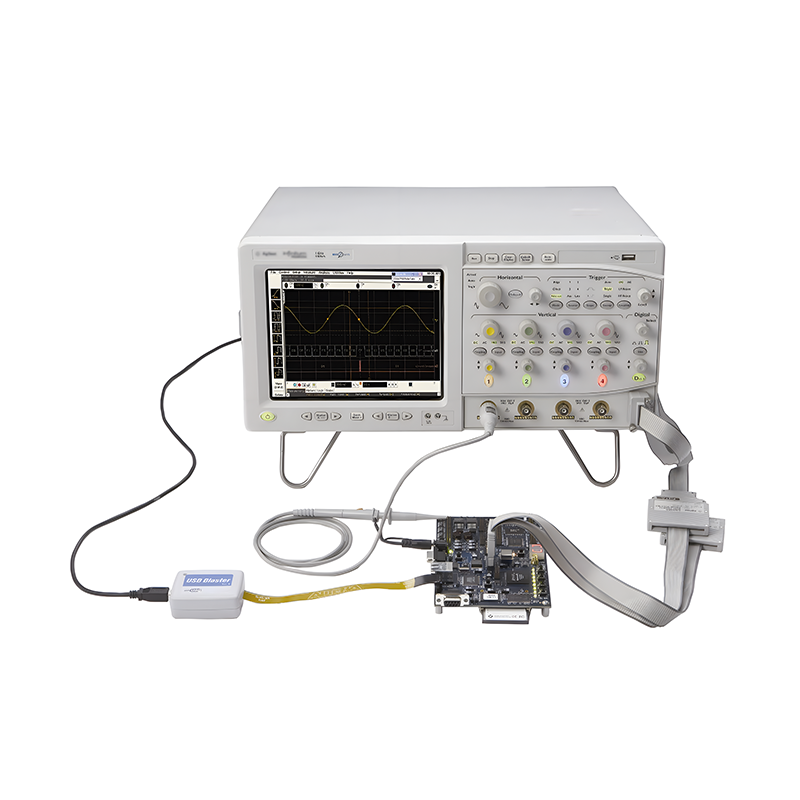 PCBA Testing Service
PCBA Testing Service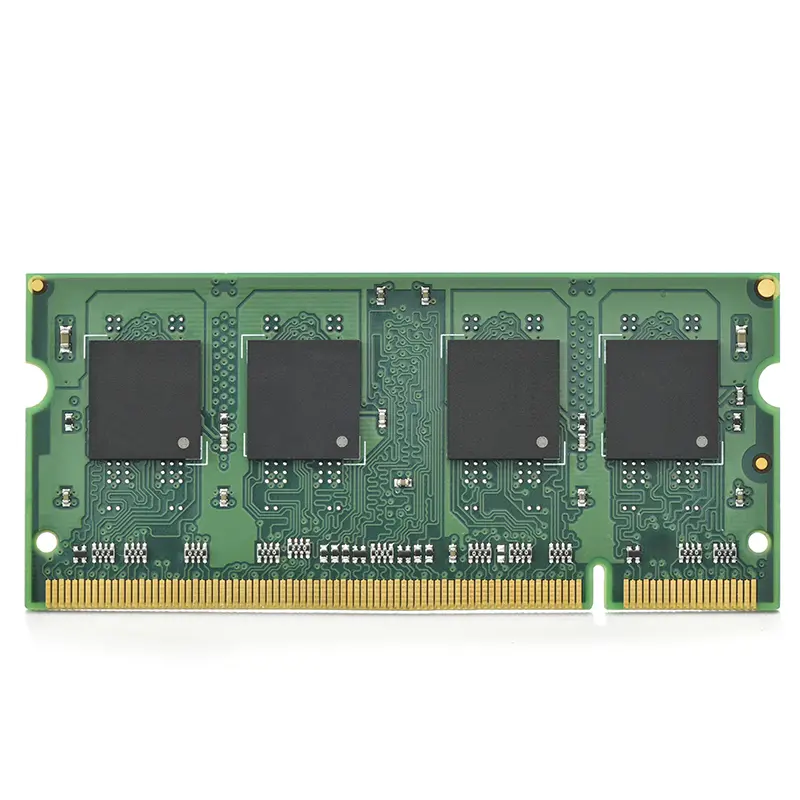 Certification Application
Certification Application RoHS Certification Application
RoHS Certification Application REACH Certification Application
REACH Certification Application CE Certification Application
CE Certification Application FCC Certification Application
FCC Certification Application CQC Certification Application
CQC Certification Application UL Certification Application
UL Certification Application Transformers, Inductors
Transformers, Inductors High Frequency Transformers
High Frequency Transformers Low Frequency Transformers
Low Frequency Transformers High Power Transformers
High Power Transformers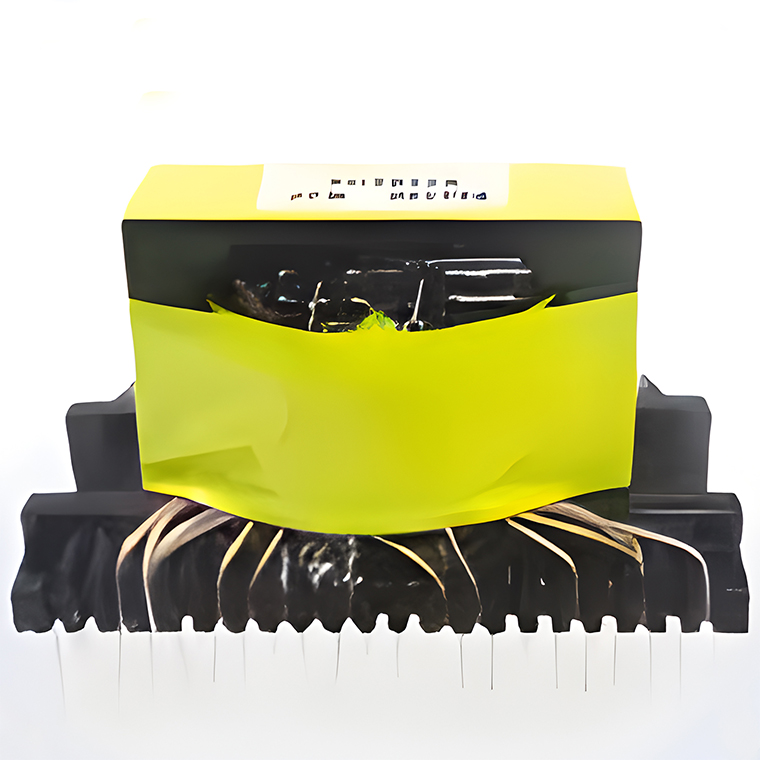 Conversion Transformers
Conversion Transformers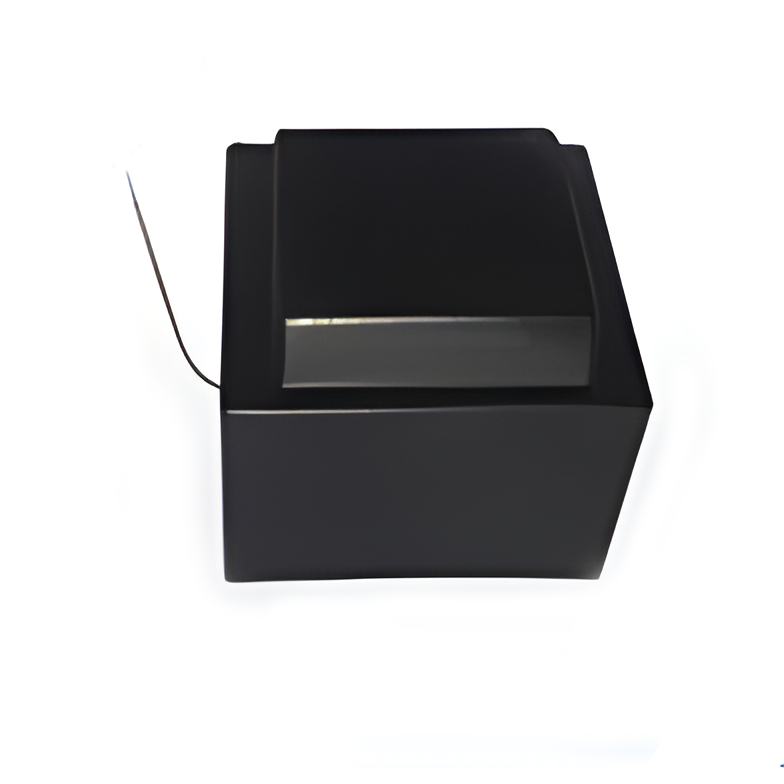 Sealed Transformers
Sealed Transformers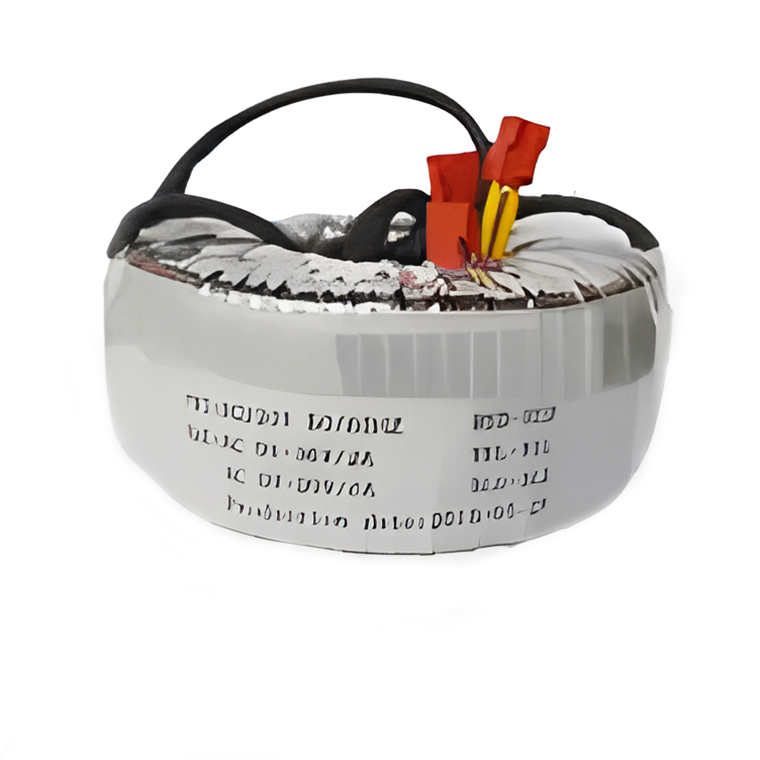 Ring Transformers
Ring Transformers Inductors
Inductors Wires,Cables Customized
Wires,Cables Customized Network Cables
Network Cables Power Cords
Power Cords Antenna Cables
Antenna Cables Coaxial Cables
Coaxial Cables Capacitors
Capacitors Connectors
Connectors Diodes
Diodes Embedded Processors & Controllers
Embedded Processors & Controllers Digital Signal Processors (DSP/DSC)
Digital Signal Processors (DSP/DSC) Microcontrollers (MCU/MPU/SOC)
Microcontrollers (MCU/MPU/SOC) Programmable Logic Device(CPLD/FPGA)
Programmable Logic Device(CPLD/FPGA) Communication Modules
Communication Modules








































